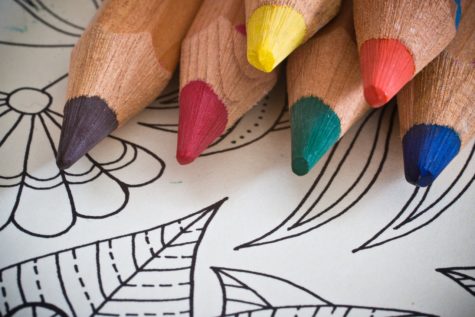PHILADELPHIA — Adult coloring books, for all of their popularity, seem to promise more than they can provide. Modern fill-in-the-lines literature may be good at resolving short-term depression and anxiety, a new study finds, but it can’t hold a candle to traditional art therapy.
Researchers at Drexel University recently recruited nearly 30 adult Pennsylvanians to participate in either a 40-minute coloring or art therapy session, hoping to measure the efficacy of each modality at treating mood disorders. Unsurprisingly, art therapy sessions — in which participants had unfettered access to an art therapist, and full creative control over what they designed — provided more lasting benefit than unsupervised coloring sessions, the researchers found.

Participants in both groups, it should be noted, benefited similarly in terms of self-reported stress levels (a 10 and 14 percent reduction, in the coloring and art therapy groups, respectively) and negative mental states (a 7 and 6 percent reduction, respectively).
Those who participated in the one-off art therapy session, however, also saw significant increases in self-efficacy (7 percent), creative agency (4 percent), and positive feelings (25 percent).
“The art therapists’ open studio sessions resulted in more empowerment, creativity and improved mood, which are significant for individuals striving to improve their quality of life and make lasting change,” says Girija Kaimal, the study’s lead author, in a statement.
Kaimal goes on to explain the importance of art therapy sessions being more immersive, “involv[ing] more interpersonal interaction, problem solving around creative choices and expression, empowerment, and perhaps more learning about the self and others. That all contributes to the outcomes we saw.”
With this in mind, it’s perhaps time to reconsider whether coloring books that advance claims of being “therapeutic” are engaging in misrepresentation. This new research suggests that coloring books may be much better at curing bad feelings than creating good moods.
“Coloring might allow for some reduction in distress or negativity, but since it is a structured task, it might not allow for further creative expression, discovery and exploration which we think is associated with the positive mood improvements we saw in the open studio condition,” Kaimal concludes.
The study’s findings were published December 11, 2017 in the Canadian Art Therapy Association Journal.
